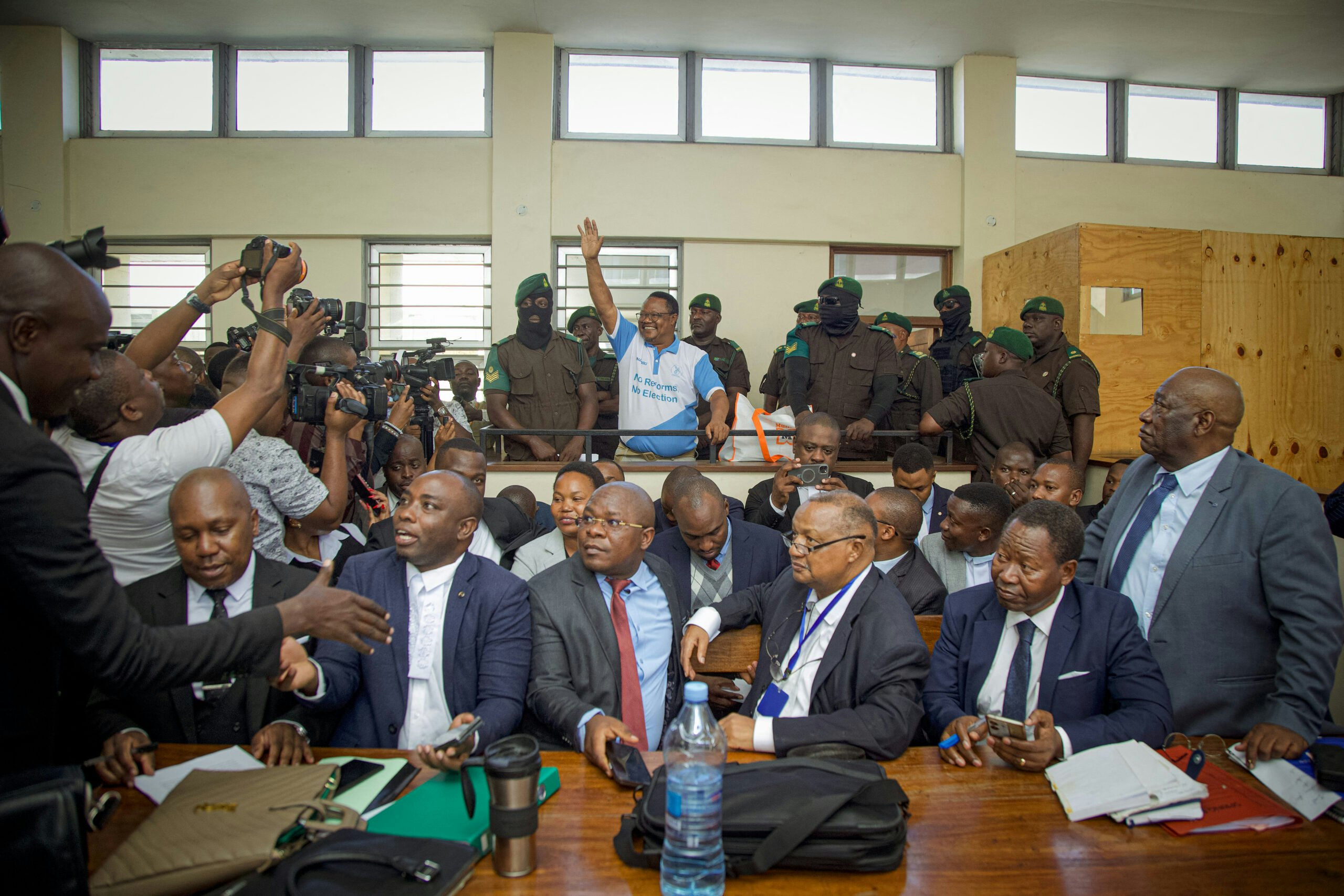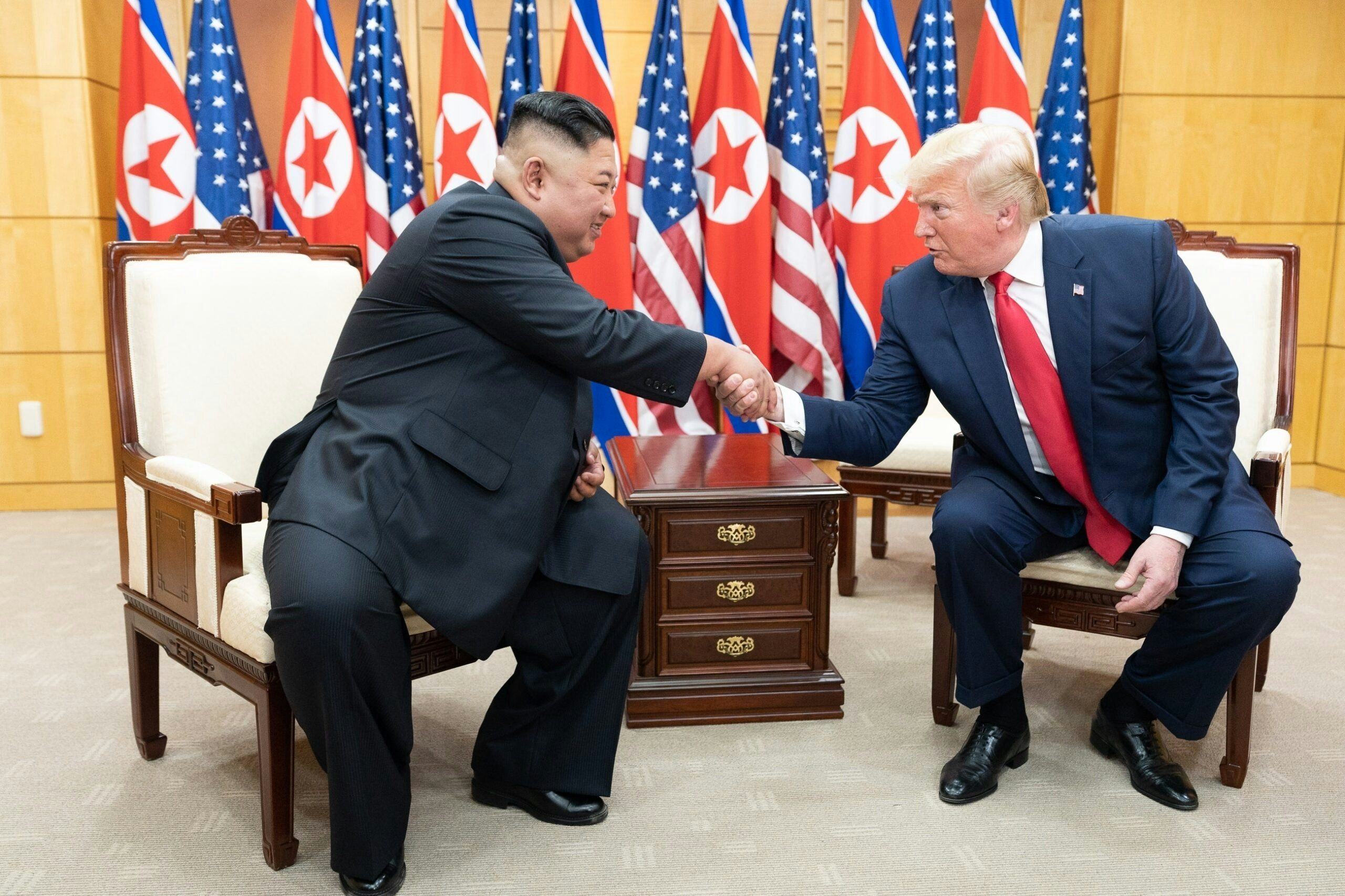As demonstrated by women across the globe, when used effectively, a First Lady’s platform can be a key force in combatting challenges at home and abroad.
This essay is part of a new series of policy recommendations from the George W. Bush Institute. To read more, visit What’s Next: Policy Recommendations from the Bush Institute.
Download this report as a PDF
First Ladies perform many roles, but perhaps their most important one is to champion causes that improve lives. Their unique podium gives them the opportunity to take on critical issues and have a lasting impact.
As advocates for change, spouses of state leaders have encouraged action to help vulnerable populations around the world. In her time as First Lady, Mrs. Laura Bush spearheaded a vast number of projects, including expanding literacy and education, empowering women and girls in Afghanistan, promoting democracy and human rights in Burma, and addressing challenges facing America’s youth. Her advocacy now continues through her work at the Bush Institute, Pink Ribbon Red Ribbon, and the Laura Bush Foundation for America’s Libraries, among other organizations.
About the Program
More than forty current and former First Ladies, including First Lady Michelle Obama and Mrs. Cherie Blair, have participated in Initiative summits, collaborative meetings, and other program related activities.
As our country prepares for a new administration and a potential new paradigm with Melania and Ivanka Trump in the East Wing, here are five things that can support the work within the Office of the First Lady:
Use the podium to showcase the work of local advocates
First Ladies have a platform that can amplify the work of others. They can make a difference by elevating issues and effective interventions. A “listener and facilitator,” Mrs. Rula Ghani, First Lady of Afghanistan, spotlights the courage and contributions of women and girls. By amplifying existing efforts, she builds awareness and support for local organizations to advance gender equality in her country.
Support collaboration among partners
Partnerships are a crucial way to help vulnerable populations. At the same time, partnerships ensure accountability, promote local engagement, and foster transparency among stakeholders.
For example, Mrs. Cherie Blair, spouse to the former Prime Minister of the United Kingdom, collaborates with corporations, non-profits, and local organizations to empower female entrepreneurs and strengthen financial independence. The Cherie Blair Foundation for Women has reached over 136,000 women in 90 countries worldwide.
Through Joining Forces, Mrs. Michelle Obama has worked in partnership with the public and private sectors to ensure that service members, veterans, and their families have the tools they need to succeed throughout their lives.
Encourage the sharing of best practices and promote dialogue
No one person or organization can tackle a problem alone. To ensure long-term impact, First Ladies and their offices must lead the way in sharing ideas and strategies with other leaders committed to the same cause.
Mrs. Monica Geingos, First Lady of Namibia, exemplifies this through her First Ladies Advisory Council. Comprised of advocates throughout Namibia, the Council breaks down silos and shows how organizations can work together for the common good.
Build awareness and break down stigma
At the national and global levels, First Ladies have a bully pulpit they can use to shift mindsets and save lives. Through her visible support for women’s cancer screenings, Mama Salma Kikwete, former First Lady of Tanzania, challenged fear and stigma around maternal health care services in East Africa. She recognized that women are likely to come forward and use such services when they hear from a woman they trust.
Promote the value of women as leaders
Research shows that where women hold an equal role in society, their communities are more successful and stable. When women are educated, their children are more likely to be educated. When women have access to quality healthcare, their families are healthier. When women have equal entry to the economy, their countries are more prosperous. Leading by example, through advocacy and action, First Ladies demonstrate the value of women’s leadership in creating lasting change.
No matter the issues that our new First Lady takes on, these approaches encourage successful outcomes. They also ensure local representation, accountability for results, and an opportunity to broaden the efforts of existing organizations.
We see this everyday through our work across the Bush Institute’s First Ladies Initiative, which has engaged with over 40 current and former First Ladies worldwide. Our forthcoming research study, in partnership with the International Center for Research on Women, takes an in-depth look at the role and influence of First Ladies through interviews and surveys from over a dozen spouses of state leaders.
As demonstrated by women across the globe, when used effectively, a First Lady’s platform can be a key force in combatting challenges at home and abroad.































